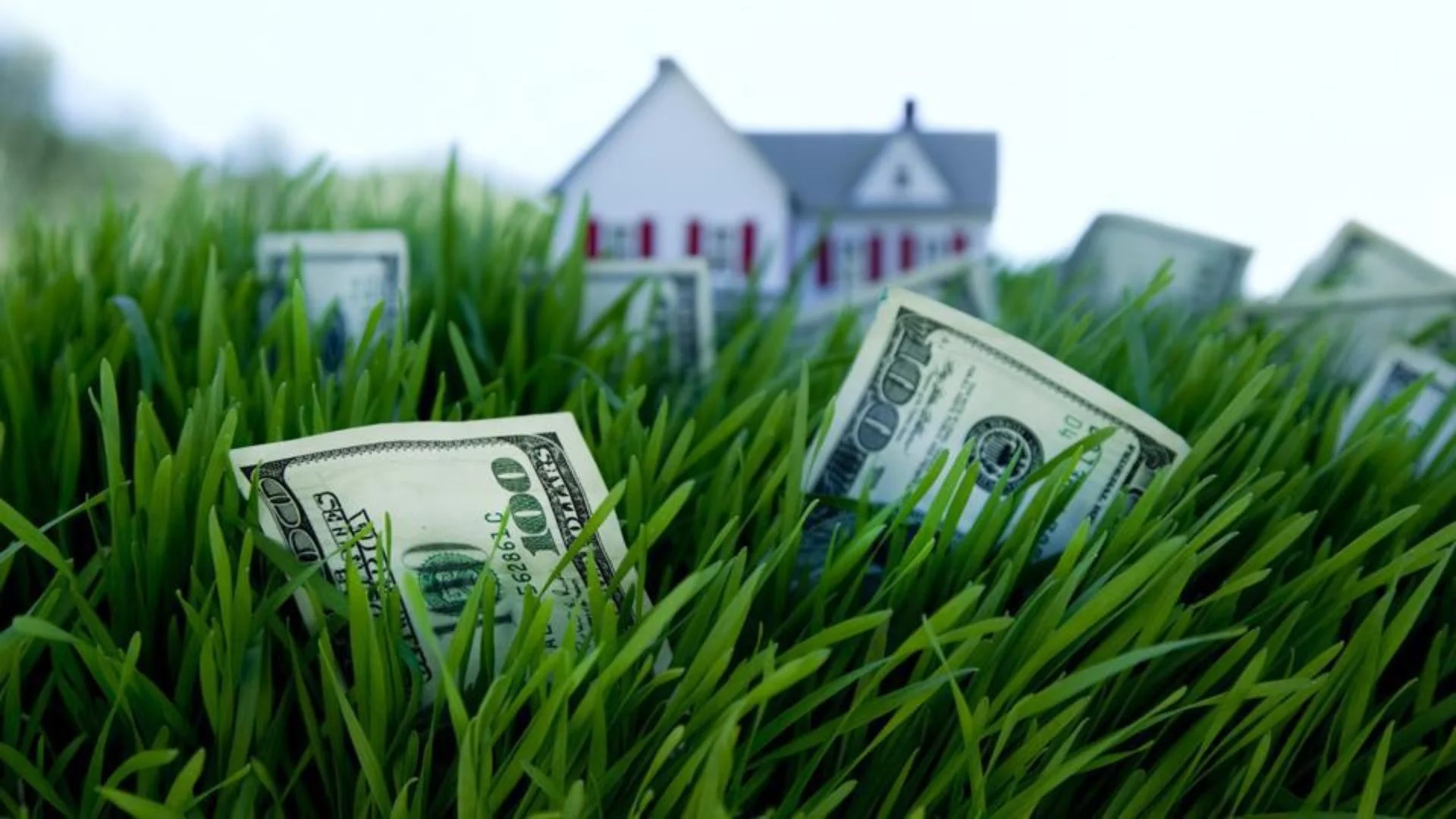Content for Homeowners Insurance Premiums Article
Introduction
Homeowners insurance is a crucial financial safeguard that protects your home and belongings from unforeseen events. Understanding how premiums are determined can help you make informed decisions to protect your investment.
Types and Categories
Basic homeowner’s insurance
Basic policies typically cover damage from fire, theft, and certain natural disasters.
Comprehensive homeowner’s insurance
Comprehensive policies offer broader coverage, including personal liability and additional living expenses.
Specialty policies
Specialized policies cover risks like floods or earthquakes, which are not typically included in standard coverage.
Factors Affecting Premiums
Location-based factors
Geographic risks
Homes in high-risk areas for natural disasters may have higher premiums.
Crime rates
Higher crime areas can lead to increased insurance costs.
Weather patterns
Areas prone to severe weather may have higher premiums due to increased risk of property damage.
Property-specific factors
Age of home
Older homes may have higher premiums due to outdated electrical or plumbing systems.
Construction materials
Homes built with fire-resistant materials often have lower premiums.
Safety features
Installing security systems or smoke detectors can reduce premiums.
Policy Details
Homeowners insurance policies typically cover:
- Structure: Repairs or rebuilding of the house.
- Personal property: Replacement of belongings.
- Liability: Legal costs if someone is injured on your property.

Premium Calculation
Insurance companies use various factors to calculate premiums, including:
- Property location and risk factors.
- Coverage limits and deductible amounts.
- Home value and replacement cost.
Claims History
Frequent claims can lead to higher premiums. Manage claims carefully to avoid unnecessary rate increases.
Discounts and Savings
Common discounts
- Multi-policy discounts for bundling home and auto insurance.
- Safety discounts for installing security systems.
Bundling options
Combining home and auto insurance with the same provider often leads to significant savings.
Home improvements
Upgrading roofs or electrical systems can lower premiums by reducing risk.
Understanding Declarations Page
The declarations page outlines policy details such as coverage limits, deductibles, and premium costs. Review it carefully to understand your coverage.
Policy Renewal and Changes
Insurance premiums may change during policy renewal based on updated risk assessments or property changes. Notify your insurer of any changes promptly.
Exclusions and Limitations
Most policies exclude certain risks like floods or earthquakes. Understand what your policy covers and consider additional coverage if needed.
Comparison Shopping
Compare quotes from multiple insurers to find the best coverage and price for your needs. Look beyond premiums to understand coverage limits and customer service.
FAQs About Homeowners Insurance Premiums
What factors affect homeowners insurance premiums the most?
Premiums are most affected by location, home value, and coverage limits.
How can I lower my homeowners insurance premium?
You can lower premiums by improving home safety, maintaining a good credit score, and comparing quotes.
Does my credit score affect my homeowners insurance premium?
Yes, a lower credit score can result in higher premiums due to perceived risk.
What are some lesser-known factors that can impact my premium?
Home age, proximity to fire hydrants, and previous claims history can impact premiums.
How often should I review my homeowners insurance policy?
Review your policy annually or whenever you make significant home improvements or changes.
Expert Insights
“Homeowners should regularly review their policies to ensure adequate coverage,” advises John Doe, insurance expert. “Consider increasing deductibles for potential premium savings.”
Conclusion
Understanding homeowners insurance premiums empowers you to protect your home effectively. Review your policy regularly and explore ways to optimize coverage while managing costs.
